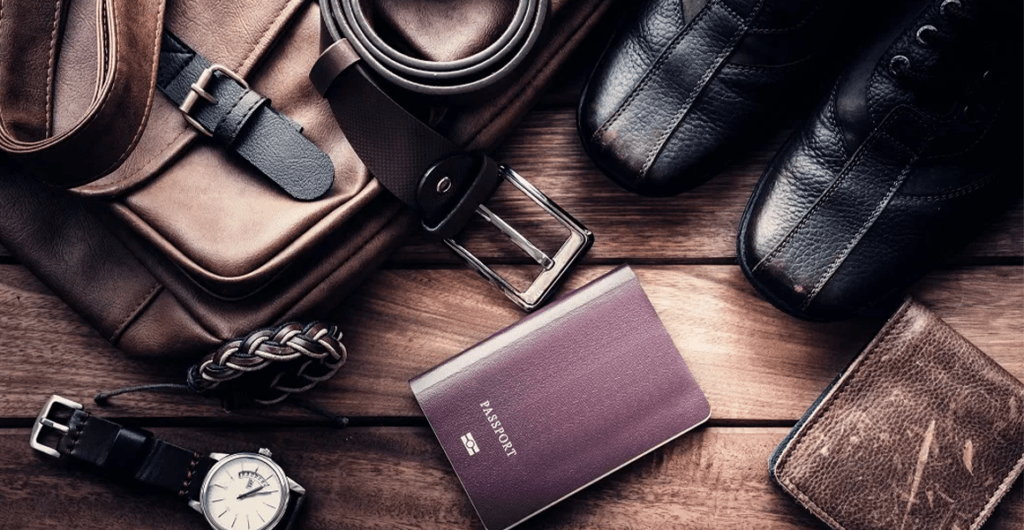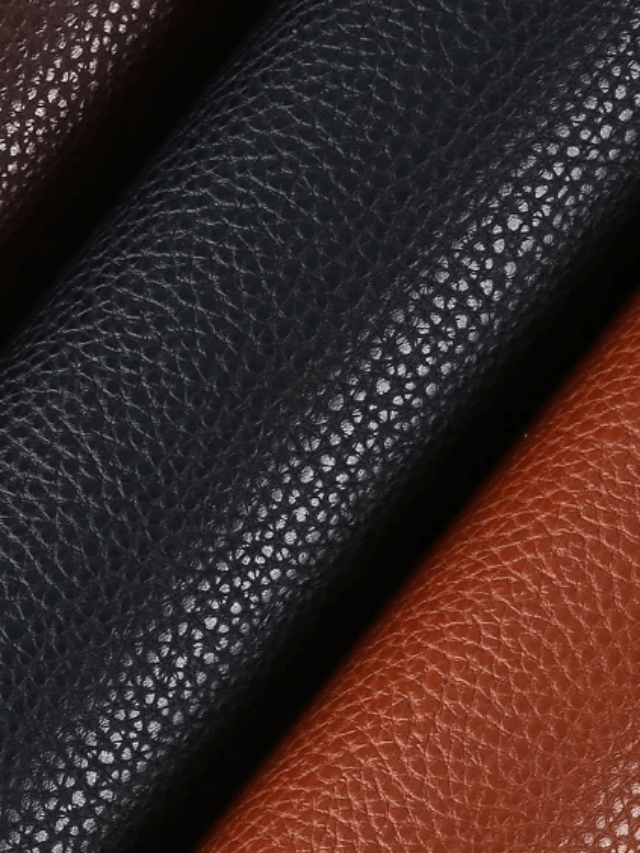Expert Tips to Prolong the Durability of Leather Products
Expert Tips to Prolong the Durability of Leather Products Leather products have a long-standing reputation for being timeless, durable, and luxurious. From boots to handbags to leather jackets, the quality of your leather items can make a huge difference in how long they last. Here are some expert tips on how to keep your leather products in tip-top shape. Whether you’re looking to extend the life of your boots, handbags, or leather jackets, there are a few simple things you can do to make sure they last as long as possible. Cleaning and conditioning your products regularly, as well as protecting them from the elements, are just a few of the things you can do. Techniques to Improve Your Leather Products: Avoid Stains on Leather Products The first thing you should remember is to prevent stains on the leather skin since it is porous and sensitive, can absorb the stain, and will be difficult to remove. Furthermore, no matter how minor the spill is, you must clean it immediately. Be prepared in advance, stay away from potential stain-producing areas, and carry a little piece of cloth with you just in case. Polish Your Leather Products When we talk about leather shoes, polishing comes up. The only method to make the surface of your shoes glossy and smooth is with a decent polish. Get rid of extra dirt and debris before you polish, which can be done in one step or throughout four. Apply the conditioner cream next. Finally, let the shoe air dry, and lastly add the polished wax. You’ll notice in a few minutes how sparkling and fresh it looks. Not only do these methods apply to shoes but also to wallets and purses. Clean and Conditioner Your Leather Although it can be challenging, you must do this mission if you want to keep your leather. You may use the leather brush to clean up by simply wiping the dirt away. Because its brush strings are so gentle, it won’t harm your jacket or skirt. If you feel it needs to be specially cleaned, you can also use a little soap and water. Use a leather conditioner for conditioning since it will assist give the leather a smooth texture and gloss; it works particularly well on coats. Store Leather in Normal Temperature You must be cautious when storing your leather goods. Avoid storing objects where they may be exposed to strong sunshine or high humidity because leather is sensitive. Moreover, try to store your suitcase and shoes in cotton bags. Air is always necessary for leather to maintain its form. Use Olive Oil and Vinegar You can use vinegar and olive oil as a successful home cure to extend the lifespan of your leather necessities. Dip a towel in the oil and apply it to the stain or other filth you wish to remove. Apply the required amount of vinegar to the leather surface after mixing it with water. Lemon juice is an excellent choice because it is said to perform well when you need to get rid of black Wrapping Up By following these expert tips, you can extend the life of your leather products and enjoy their timeless beauty for years to come. Prevent stains, polish, clean, condition your leather items and store them in the right environment. Additionally, you can take advantage of our professional leather cleaning services to preserve the durability and long-lasting appeal of your beloved leather products. Our team will ensure that your leather boots, handbags, jackets, and other items receive the care they deserve.



